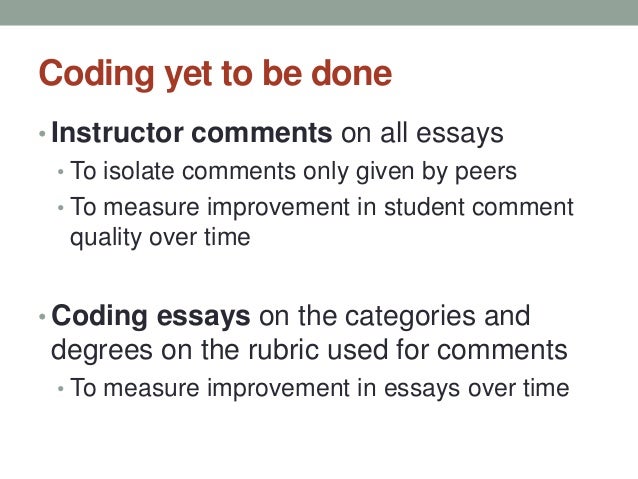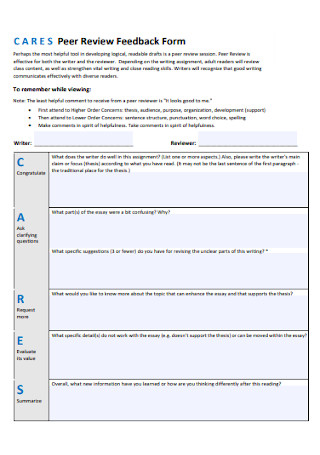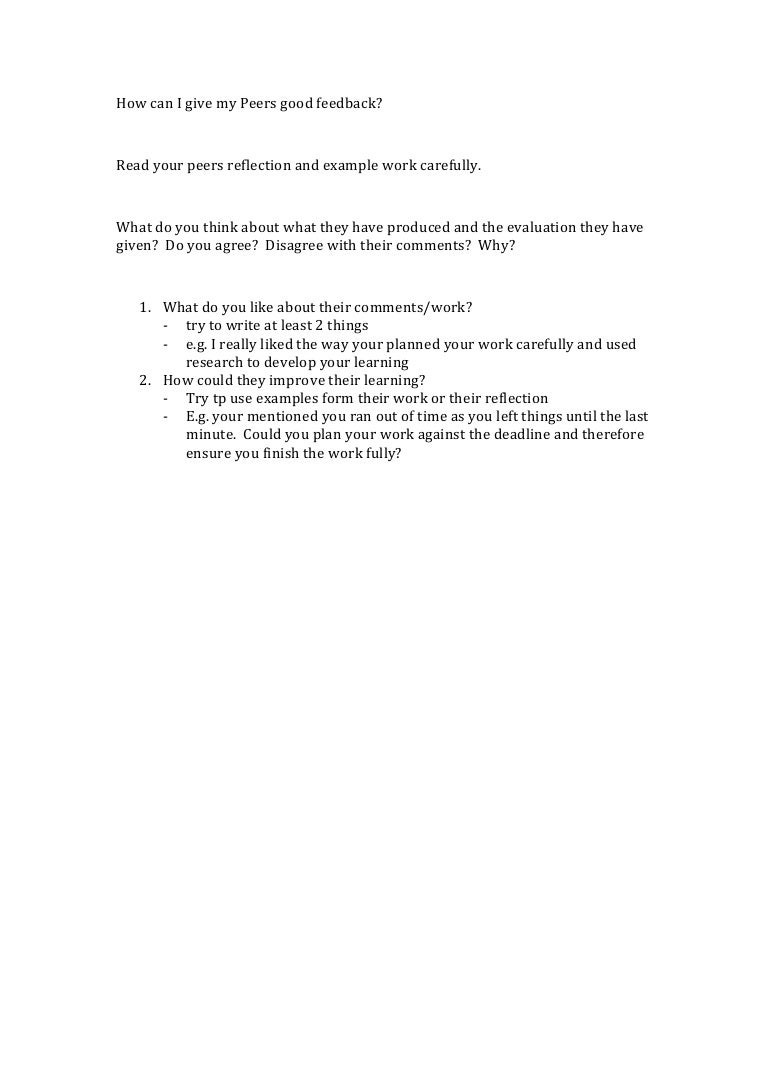
Rude reviews are pervasive and sometimes harmful rude reviewers offer condescending or outright offensive comments, and/or urge the irrelevant citation of their own work. It includes overly negative wording or personal comments, or overly brief and direct comments that give the review an unfriendly tone. A rude review expresses prejudices, has conflicts of interest, or the paper was not read carefully or thoroughly enough by the reviewer. It may recommend acceptance of the manuscript with comments that may make the authors give up in despair, or it may reject the paper that otherwise has been quite favorably reviewed. It is a discouraging, insulting, dishonest and unhelpful review with impossible requests to the authors.

Ī rude peer-review is unfair and biased for reasons unrelated to the quality of the manuscript such as the nationality, gender, English language criticism, opposite theory or conflicts of interest. He/she should (1) write clearly to be understood by people whose native language is not English and avoid complex or unusual words, (2) review the author’s work as if it was their own and be fair in his/her comments to the editor as if the authors might read them too and as if the reviewer signs the peer-review, (3) respect confidentiality of the work and not use information from the manuscript prior to its publication, or communicate about the manuscript with outsiders or the authors. Ī good reviewer should be polite, honest and clear to the authors. He/she should (1) accept promptly an invitation, (2) not turn down any invitation for review, (3) return the peer-review on time, (4) provide confidential comments to the editor if he/she detects any misconduct such as plagiarism, unattributed work, unethical procedures, or duplicate publication, and (5) disclose potential conflicts of interest, and decline the invitation if there are any with the authors. Ī good peer-reviewer should be responsible and reliable.


It should (1) include critical comments that would be helpful to the editor to make his decision and to the authors to improve their manuscript, (2) indicate the novelty and significance of the work and if/how it adds to the current literature, (3) identify major flaws in the study hypothesis, materials and methods, techniques, approaches and statistics, (4) denote statements requiring clarification, (5) give details for areas to be improved and list changes to be made, (6) be written in formal and clear writing, well-structured and extend at least one half to two pages, (7) number the points and refer to pages, paragraphs of sections or lines in the manuscript, and (8) review all sections of the manuscript including the citations and illustrations. This editorial note aims to communicate to the readers of the journal the unified set of rules for a good and bad peer-review, and to emphasize on the avoidance and consequences of a rude peer-review.Ī good peer-review should be objective, instructional and informative. Occasionally, reviewers’ comments are rude or unprofessional in a study, more than half of 1106 anonymous respondents reported receiving at least one “unprofessional” review, and a majority of those said they had received multiple problematic comments including comments tended to personally target a scientist, lack constructive criticism, or unnecessarily harsh or cruel. A growing body of quantitative evidence showed violations of objectivity and bias in the peer review process for reasons based on author attributes such as language, institutional affiliation, nationality, and others, authors’ identity such as gender and sexuality, and reviewers’ perceptions of the field such as territoriality within field, personal gripes with authors, scientific dogma, discontent/distrust of methodological advances. Peer-review is considered a biased process with identified defects some peer-reviewers are too young with limited experience, not all are equally skilled in the peer-review process, and very few have had a formal training and assessment methods for peer-review.


 0 kommentar(er)
0 kommentar(er)
